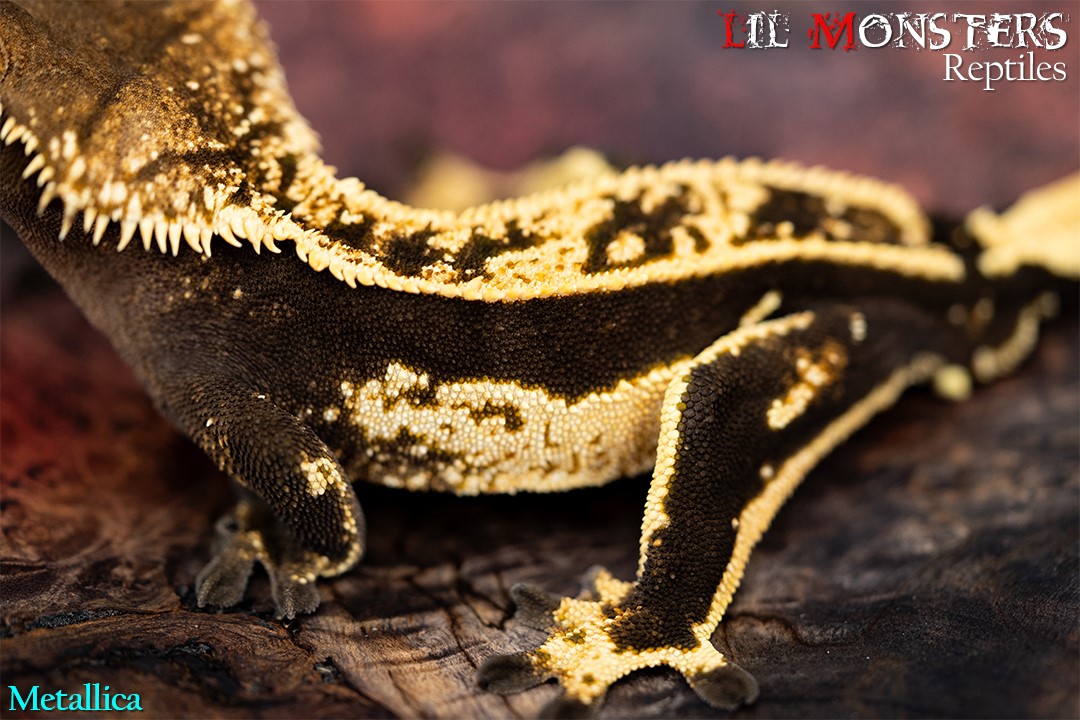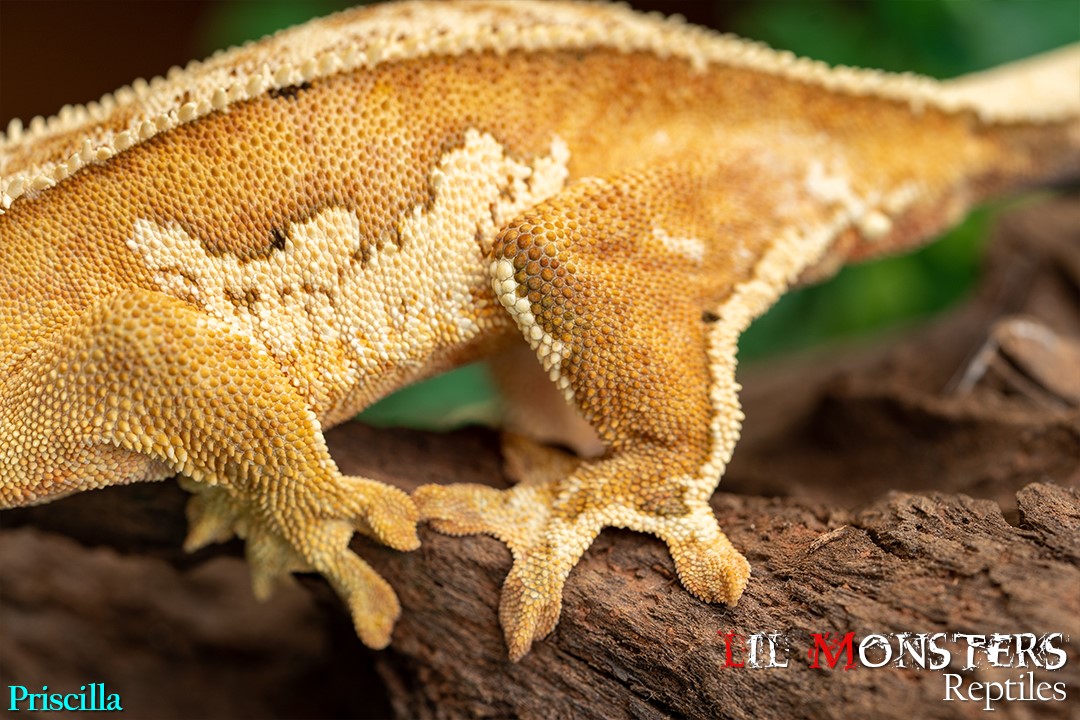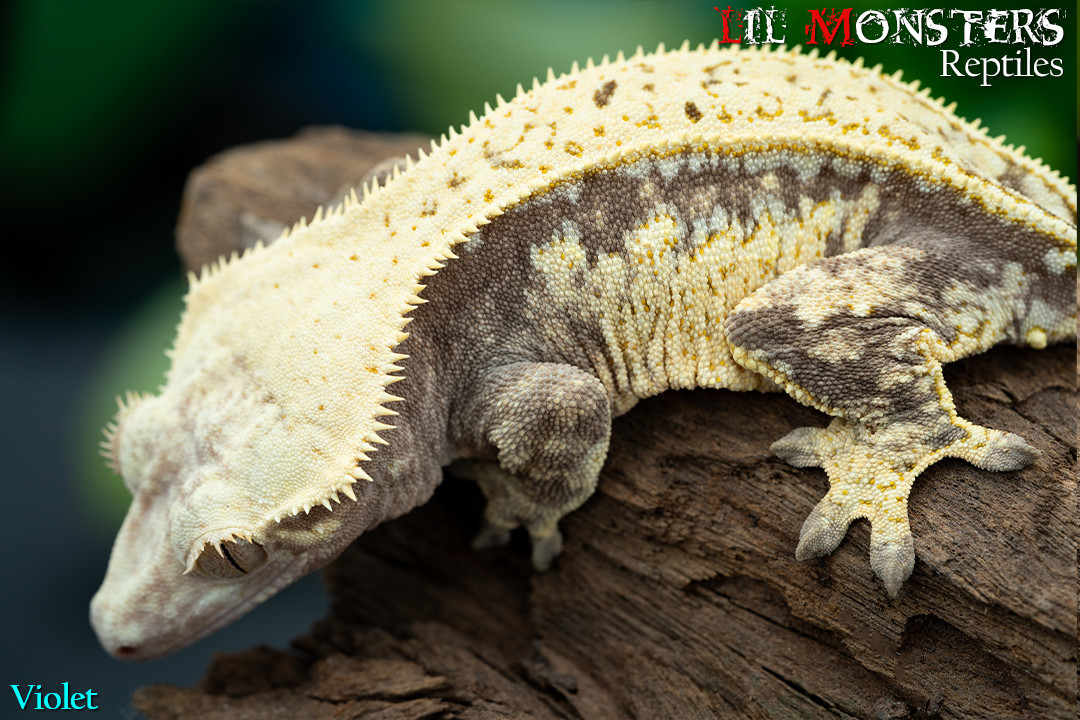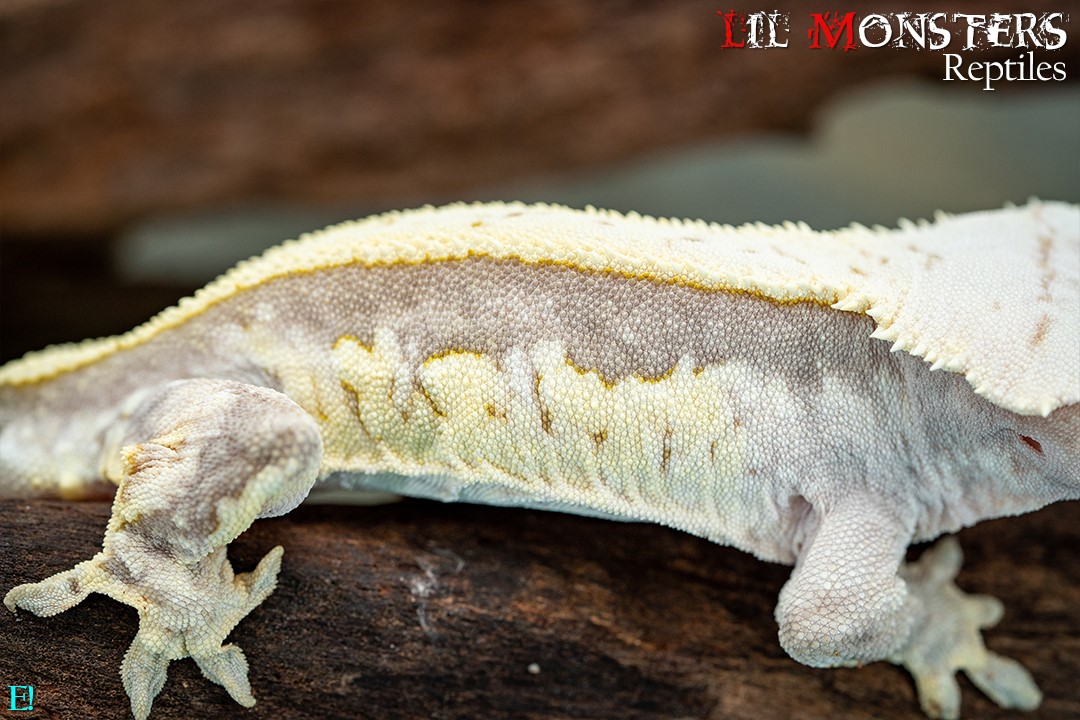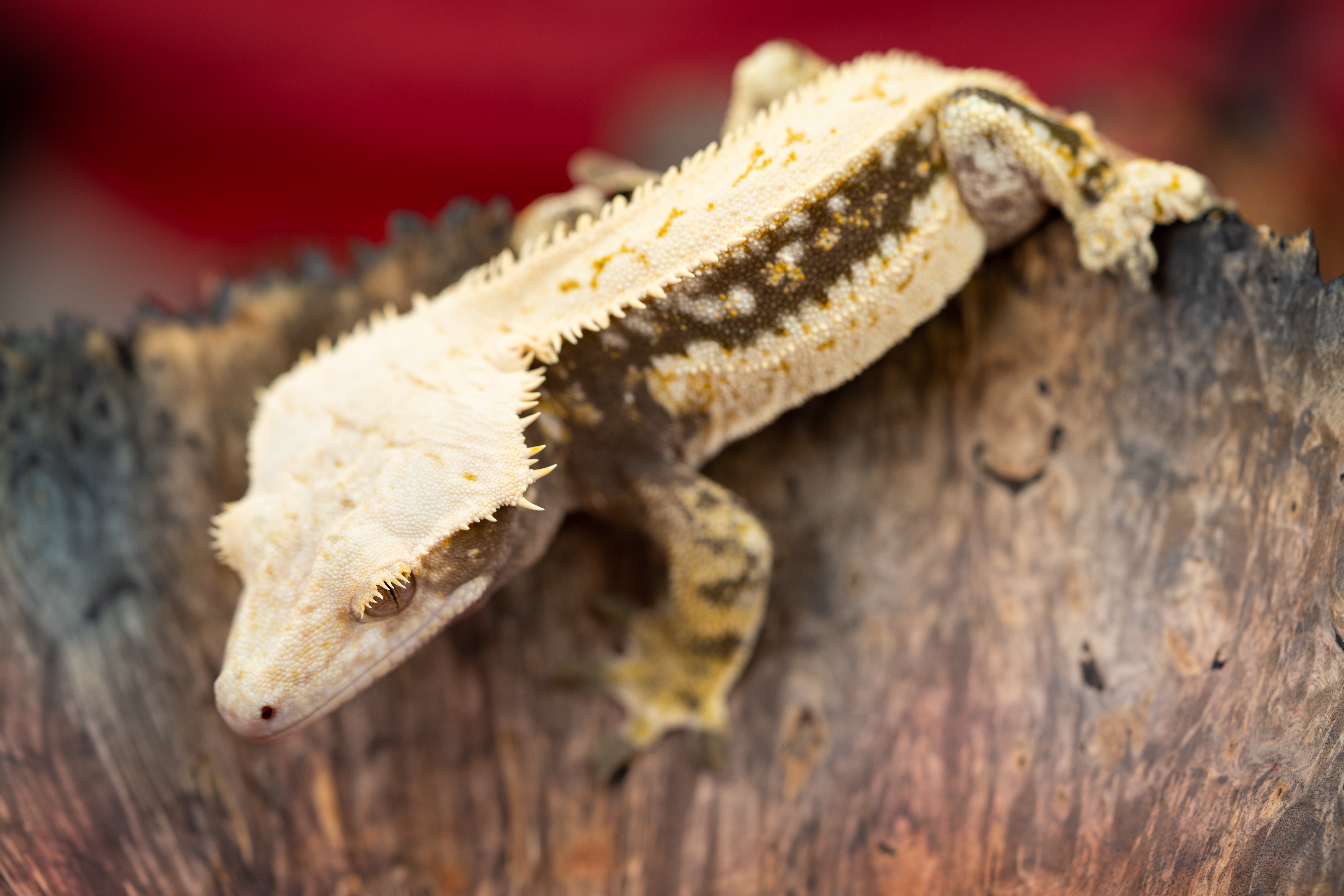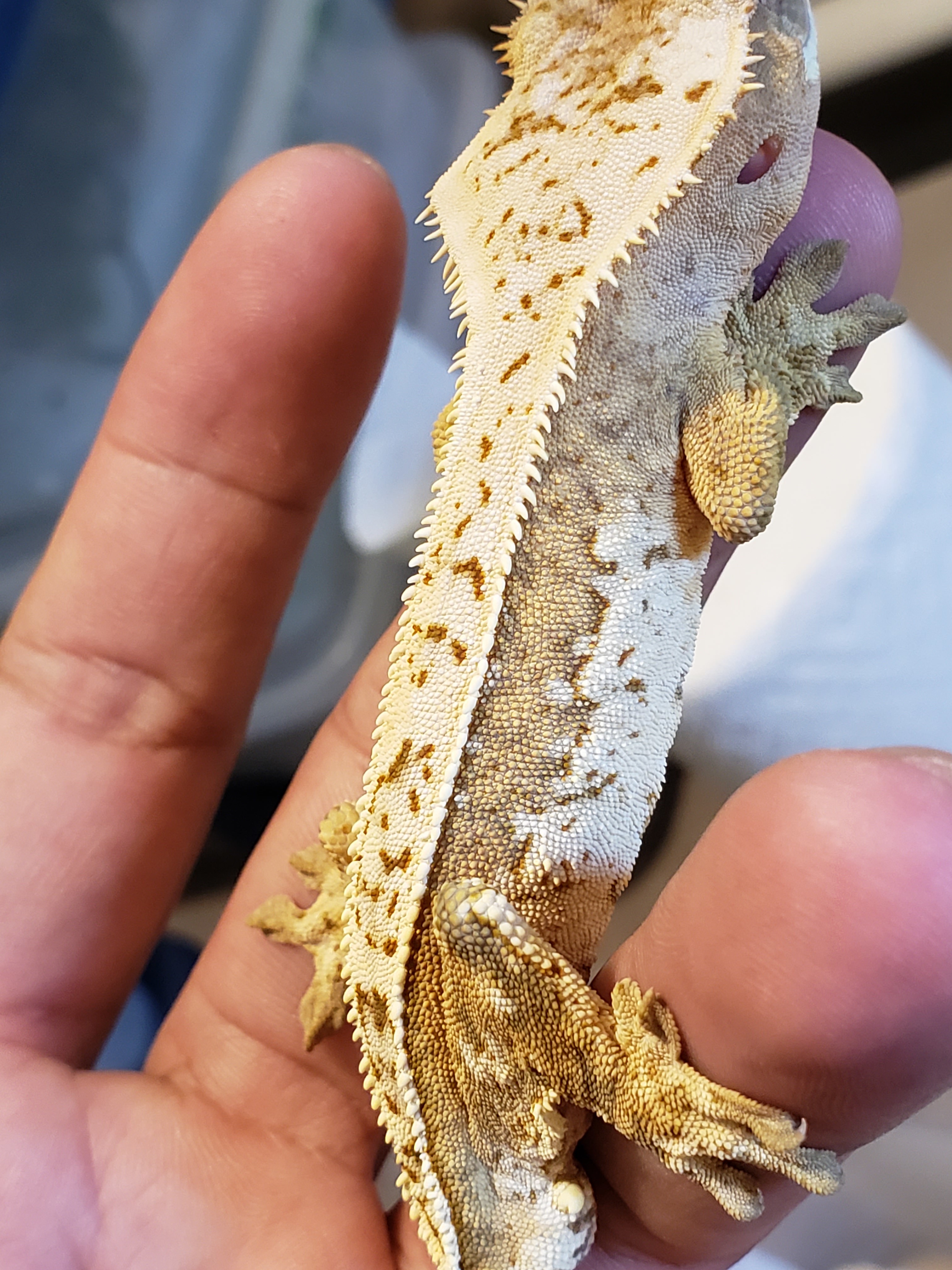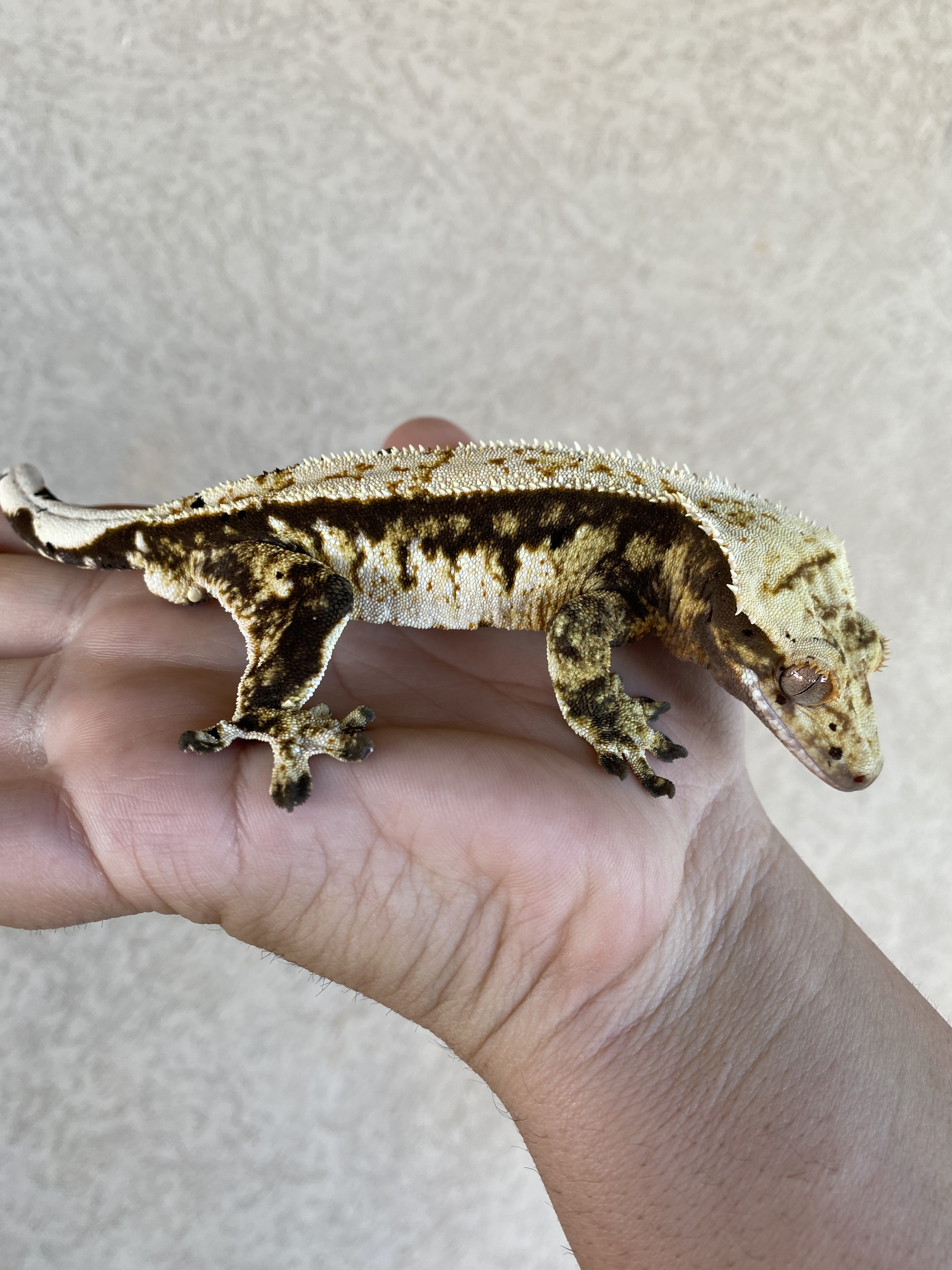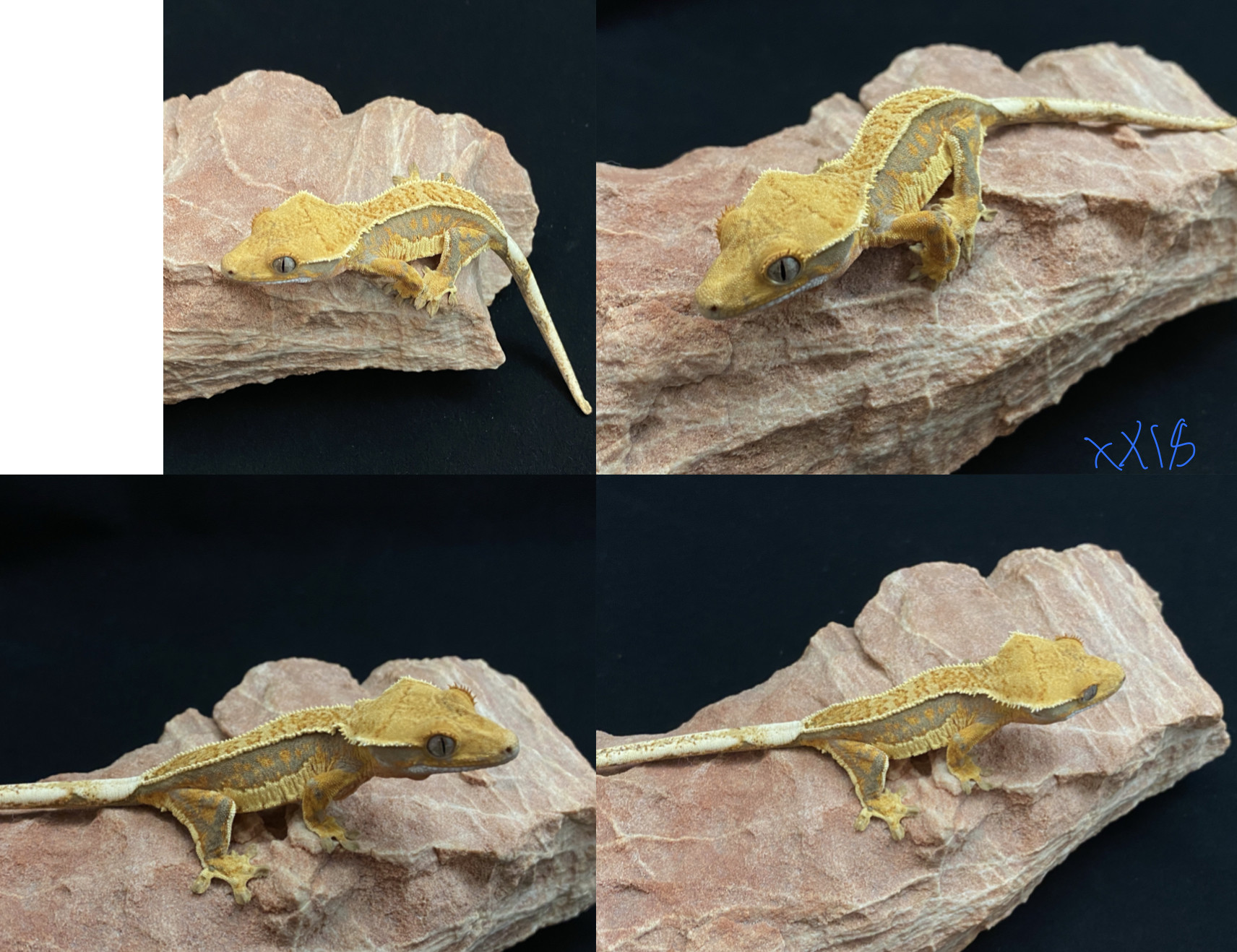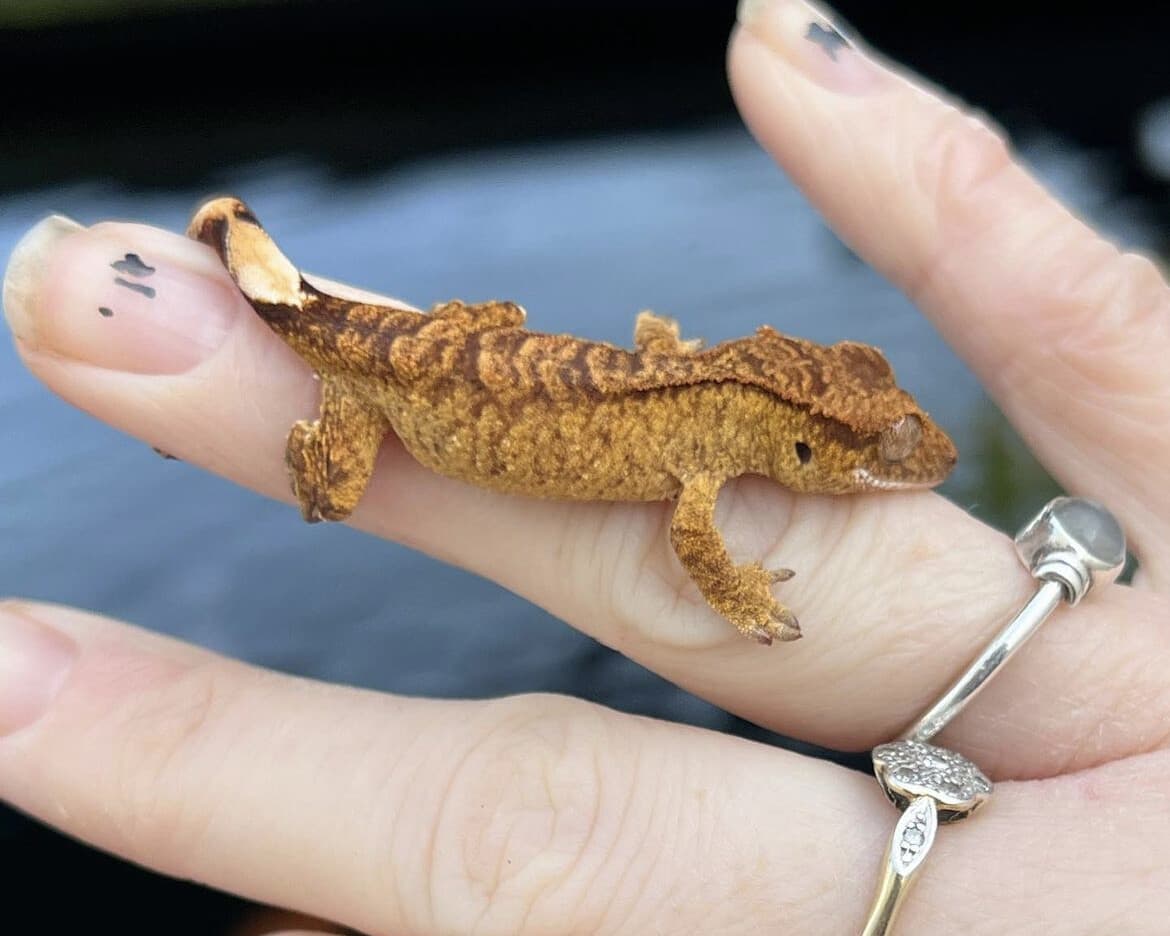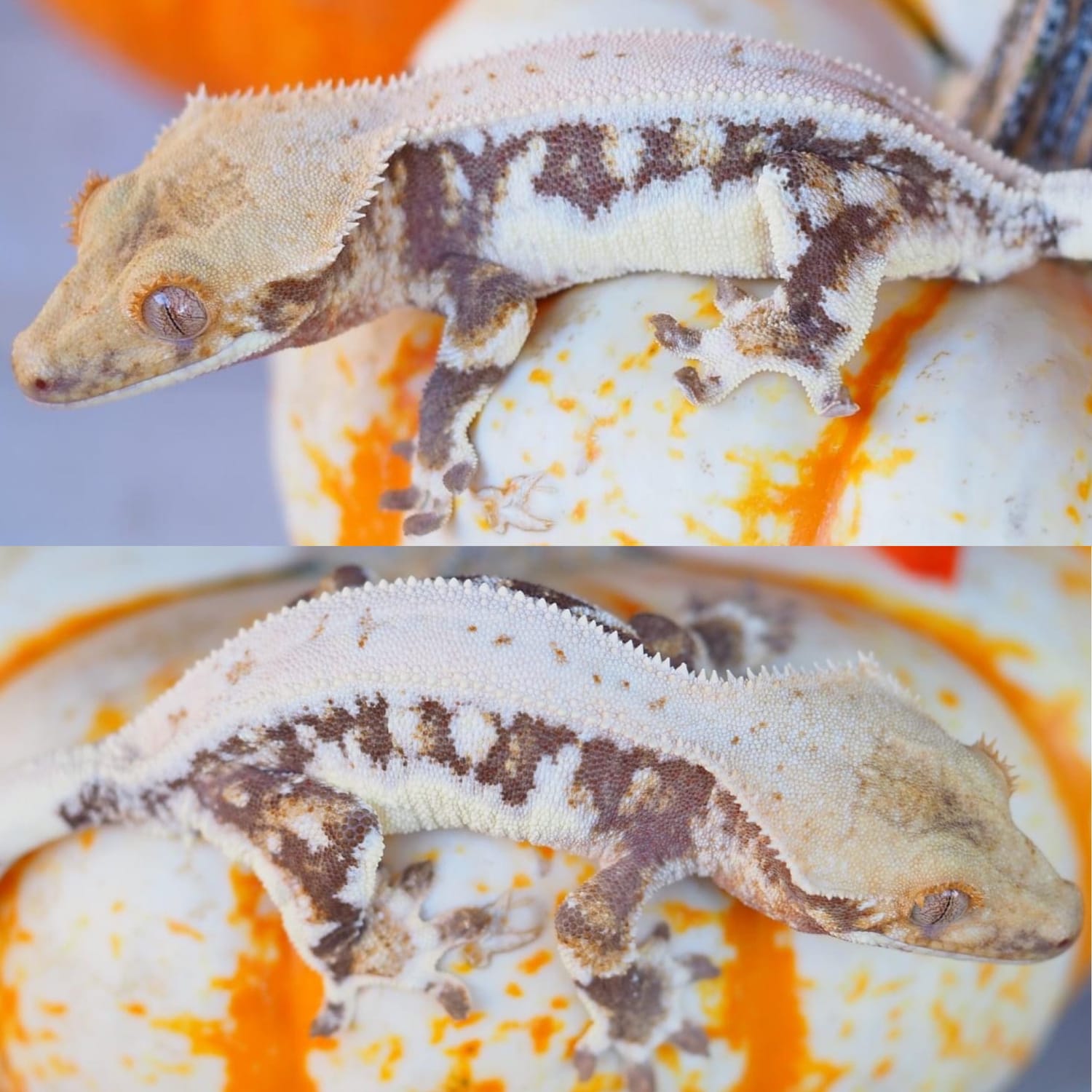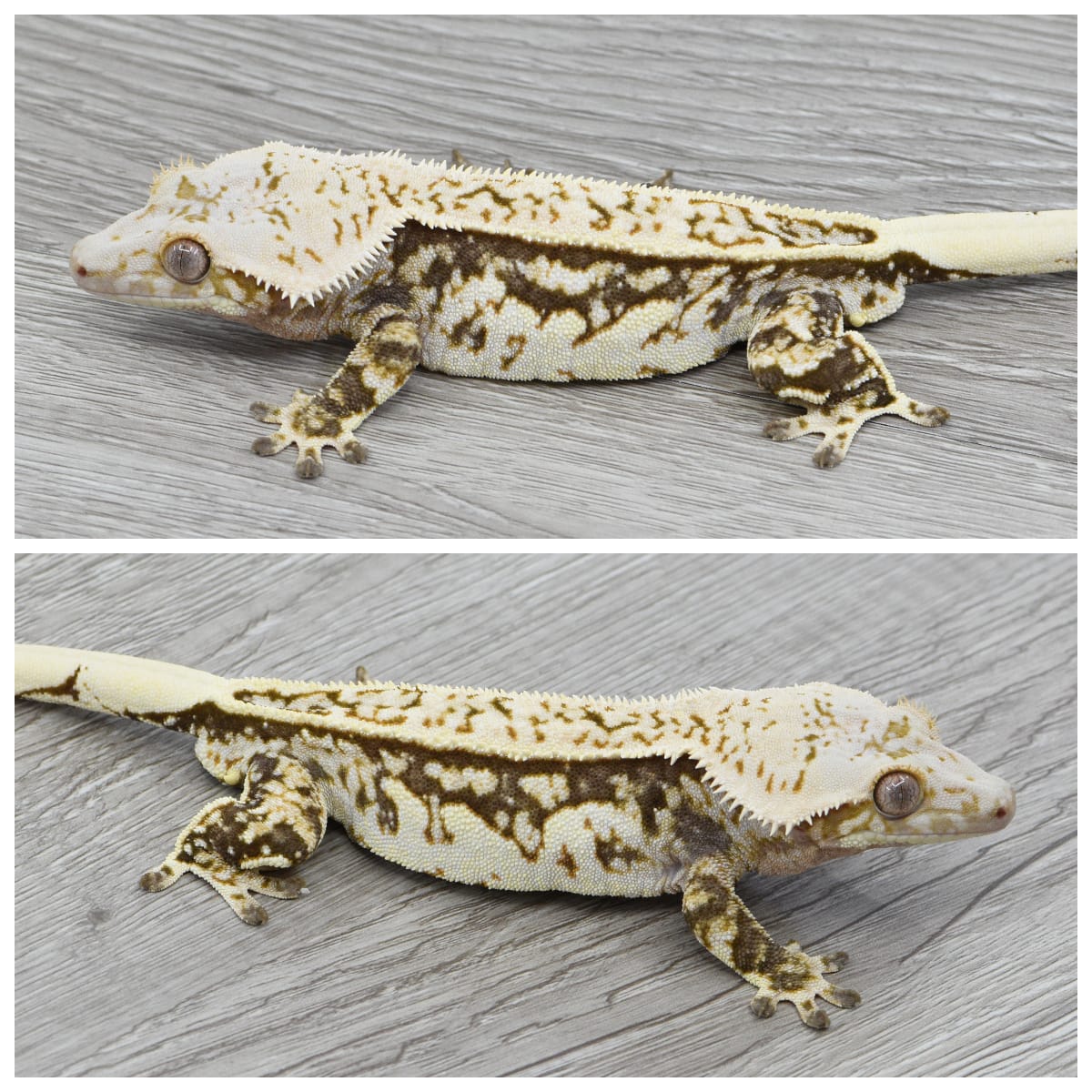White Wall
Type: Incomplete Dominant
First Produced By: Pangea Reptile , Anthony Caponetto Reptiles
Issues: N/A
First Produced In: Unknown
Availability: Common
Last Updated: 2023-04-23
Do you have any suggestions or corrections for this article?
Click here to contribute feedback
About
These are Harley White/Cream pattern with pinstripe and low tiger. Low tiger has cleaner pattern and is horizontally spread on the animal. Horizontal being from the head to the tail. Pin is what causes the orientation, When yellow is in the animal and you have Harley White/Cream pattern you can then see it pop up too.
When less pin is present then the “WALL” breaks and we get flames. The best way to describe this is as a ration of pin to tiger, it’s like a slider in the middle you have partial pin and some flames, all the way to pin you get 100% pin, all the way to tiger you get Super Tiger, or XXX.
History
The term “White Wall” was coined by Matthew Parks of Pangea Reptile and Anthony, at AC Reptiles.
Anthony Caponetto has been working with these since 2004 or 2005, but had no idea what he was looking at in the beginning. Whitewalls seemed to just pop up out of nowhere in Harry x original softscale pairings. It wasn’t until years later that he figured out what the lower expression whiteouts were - and why they were so valuable (they can make whitewalls!).
Eventually realizing the less extreme form of the whitewall appearance was so subtle in some animals that he didn’t think anything of it. He had sold a ton of whiteouts over the years with no idea they were capable of producing whitewalls. This explains why several breeders had whitewalls just popping up out of nowhere, from adults that didn’t really seem to have the trait.
Appearance
Body
It is characterized by a thick wall of cream pattern on the laterals that is often accompanied by raised scales. Whiteout is what Anthony originally named the gene or trait behind what is now called whitewall. A whitewall is basically just an “extreme” version of the whiteout, where the solid white lateral markings span the sides from limb to limb and reach up fairly high on the sides.
White Wall crested geckos have a solid block of white/cream on the lower lateral. The white / cream should be un-broken with a distinct line separating it from the base.
Proven Lines
No known proven lines
